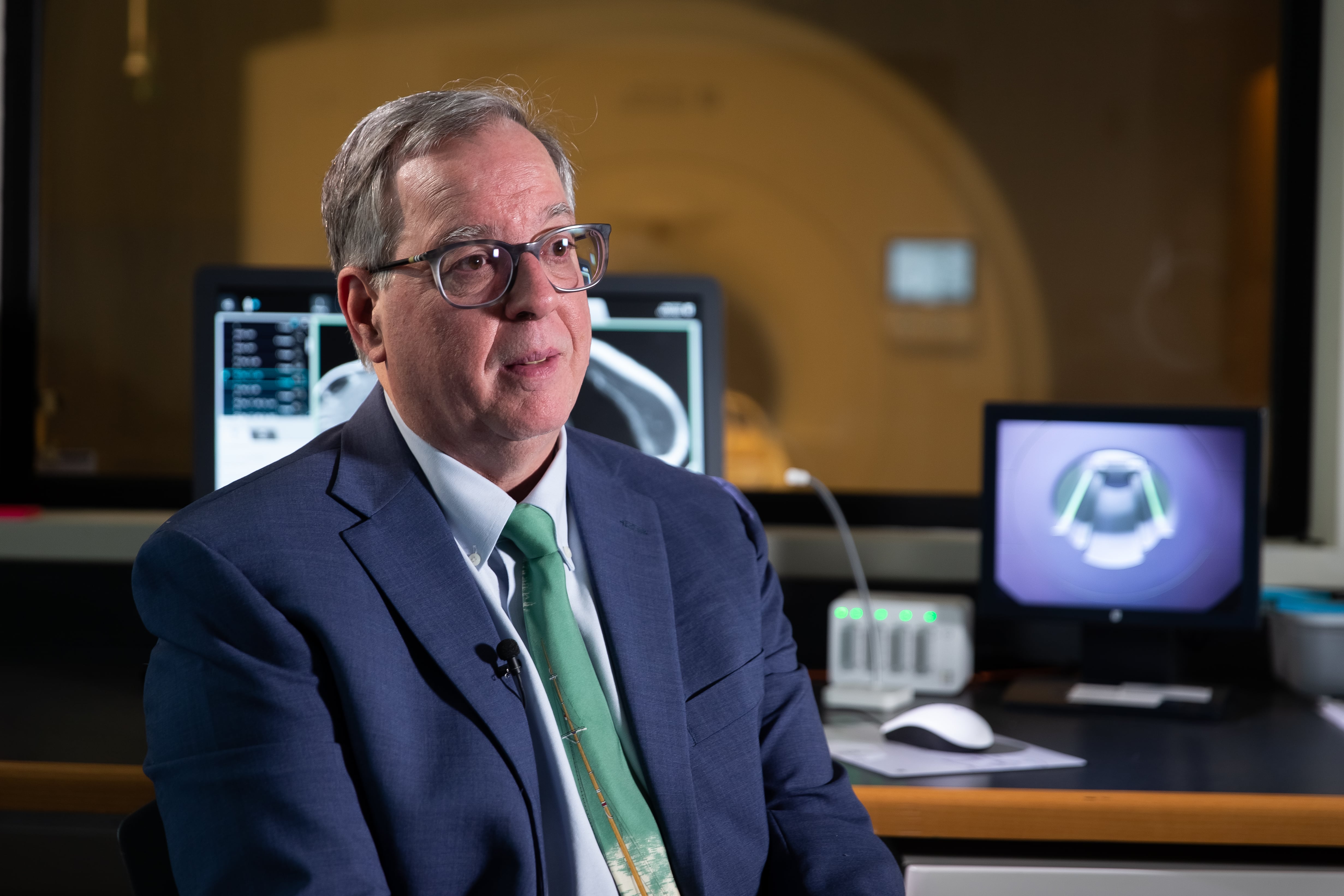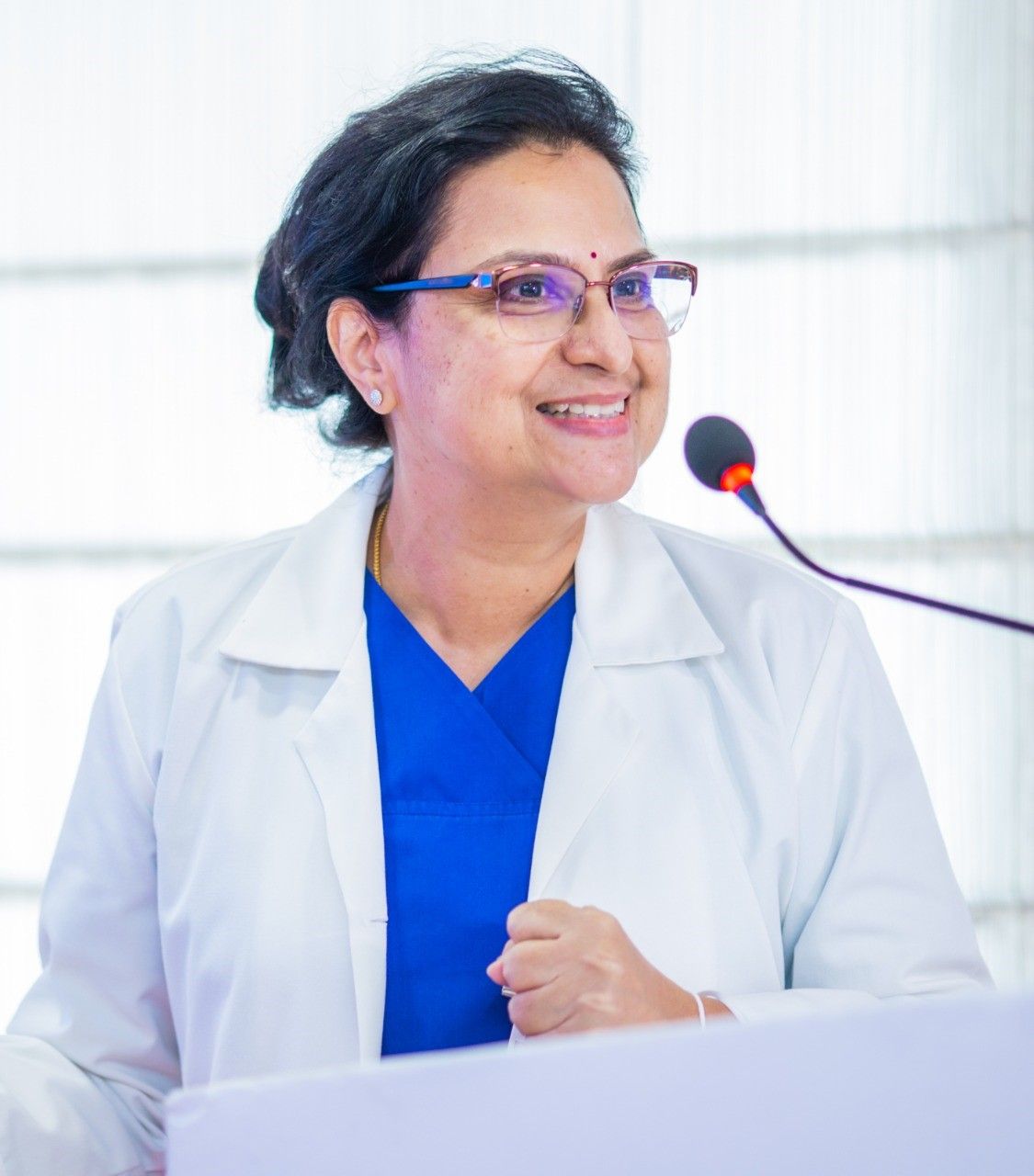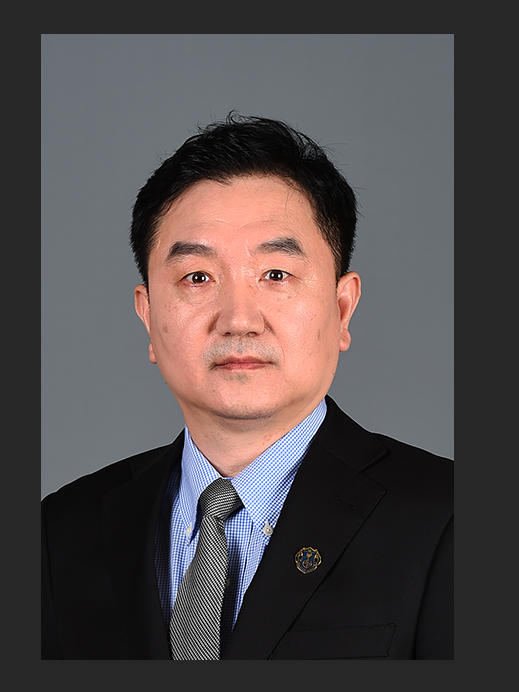Based on United Imaging Healthcare's sophisticated products and technologies, 10 world-renowned scientists explored deeper to answer some unmet conundrums in academic medical practices. On November 29, United Imaging Healthcare issued a compilation of scientific research, uInnovation Global, which summarizes prominent scientific research progress upon its leading innovation.
In the past 11 years, United Imaging Healthcare has grown from scratch to a giant global corporation with over 20,000 installations in 53 countries worldwide. The achievement is inseparable from its consistent endeavor of technology innovation and steadfast partnership with some of the best medical and research institutes. In conjunction with its appearance at RSNA 2022, this time, United Imaging Healthcare brought this research reservoir to those who shared a similar passion for molecular imaging.
Find out more in the editorial below:
Editorial - Future of Radiology
Radiological images have become crucial in clinical practice for both diagnosis and treatment monitoring of a range of diseases. Considering the advancements in computing power, deep learning algorithms and the availability of a large amount of data from medical imaging, clinical records, and wearable health monitors, artificial intelligence (AI) is poised to play an increasingly prominent role in medicine and healthcare. Specifically, in the field of Radiology, every aspect of the imaging workflow can be improved by AI. AI has the potential to boost the value of medical images by improving imaging efficiency, image quality, and imaging assessment.
In chest Radiology, multiple commercial algorithms (from several vendors) are cleared by United States Food and Drug Administration for clinical use to detect and segment nodules mainly on computed tomography (CT) images. In addition to lesion detection and segmentation, these AI algorithms can also provide information on nodule characteristics, improve the conspicuity of nodules, perform automatic LUNG-RADS reporting, and provide a lung cancer prediction score to assess the probability of the nodule being malignant in nature. In addition to the evaluation of cancer in the lung, AI algorithms can also evaluate pulmonary pathologies such as pneumonia, chronic obstructive pulmonary disease, pulmonary fibrosis, and pulmonary effusion. In this issue of uINNOVATION-Global1, readers will find an interesting article on study of AI-based lung nodule detection from CT images2 conducted on over 600 patients that shows that the use of AI resulted in better sensitivity and accuracy compared to subjective readings.
Among the available imaging modalities, magnetic resonance imaging (MRI) has many strengths for morphological and functional imaging, generating excellent soft tissue contrast at a high spatial resolution throughout the body. There have been efforts to reduce the examination time of MRI. Excessive scanning time reduces the daily average number of examinations that can be performed and causes patient discomfort. Deep learning has recently emerged as a tool to accelerate MRI examination time. AI-assisted Compressed Sensing CS (ACS) technology has been proposed to provide an integrated MRI acceleration solution combining compressed sensing, parallel imaging, Half Fourier analysis, and AI. An interesting article on this subject is presented in this edition of uINNOVATION-Global in which the usage of ACS for different body organs demonstrates either superior or comparable image quality with reduced scanning time as compared to conventional MR acquisition.
In recent years, cardiovascular magnetic resonance (CMR) has emerged as a safe, non-invasive, radiation- and iodinated contrast medium-free technique allowing for a comprehensive assessment of cardiac function, dimensions, perfusion, and viability. As such, it may soon be among the most comprehensive and powerful imaging modalities for evaluating the cardiovascular system. CMR parameters are also potentially useful for repeat imaging and tracking disease progression or therapy efficacy. With the advancement of cardiac CT imaging technology, CT Coronary Angiogram (CTCA) is the most advanced diagnostic tool for detecting and monitoring coronary artery disease. In this issue, you will find two articles from Dr. Gregory Lanza and Dr. Rochita Venkataramanan sharing their experience using MRI and CT on managing patients with cardiovascular disease.
Molecular imaging provides a method for studying the biological processes at the cellular and molecular level in humans and in other living system. 18F-FDG PET is widely used in cancer imaging for diagnosis, staging, and monitoring treatment response. In the past decade, several radiotracers have been introduced to the nuclear medicine clinic, including 18F-Fluciclovine, 18F-DCFPyL, 68Ga-PSMA, 18F-Fluoroestradiol, 68Ga-DOTATATE, and 64Cu-DOTATATE, improving the ability of PET to stage and characterize disease. More and more potential PET agents are being discovered, and these clinical tracers are a welcome addition for oncology and the key to unlocking the potential of molecular imaging for further clinical disciplines. In this issue, you will find two articles from Dr. Remy Lim and Dr. Zun Zhao highlighting their clinical adoptions of PET/CT and PET/MR technologies in conjunction of novel imaging tracers.
Incredibly, the availability of total-body (TB) PET devices has revolutionized the breadth of PET clinical and research studies. Since their introduction in 2018, TB PET devices have attracted considerable attention in the medical community. The increased sensitivity of TB PET allows faster imaging, use of a lower injected dose, and use of delayed scan start times to enhance lesion contrast. This edition of uINNOVATIONS-Global contains an interview with one of the creators of TB PET, Dr. Simon Cherry, who gives us his personal insights into TB PET technology and where it might be going in the future. Deep learning‐based reconstruction and analysis algorithms are potentially immensely valuable to deal with the increasing volumes of acquired imaging data that TB PET generates. Dr. Kinta Mewa et. al. put together a preliminary investigation on the evaluation of deep learning-based PET image reconstruction in an article included in this issue.
Notably, poor health outcomes can result from delays in diagnosis and treatment due to a lack of imaging equipment and personnel. More direction is needed for AI applications to help low- and middle-income countries (LMICs) in particular to increase their access to the diagnostic imaging and nuclear medicine tools and to address the rising burden of cancer. Dr. Harsh Mahajan and Dr. Vidur Mahajan have highlighted their important perspective on the future of radiology and how emerging technologies like AI can help LMICs which is presented in their commentary article of this issue.
Intelligent diagnostic imaging workflows have also become possible due to the rapid development of AI technology in recent years. With the goal of significantly reducing the repetitive work of Radiologists and Technologists, and improving patient care, intelligent diagnostic imaging workflows may perform functions such intelligent authentication of patient identify, intelligent voice interaction, intelligent patient positioning, and intelligent scanning parameter setting throughout the entire image scanning process. Although medical imaging has improved over the years, it still faces the challenges of long examination times and low acceleration rates. The future of Radiology will undoubtedly see advances in precision medicine, aided by AI tools. Future synergies with other emerging diagnostic tools will also be required.
1.Technologies discussed in the articles of 2022 RSNA edition of the uINNOVATION-Global may contain work in progress, which represents ongoing research and development. Such technologies are not available for clinical use, and may never become products.
2.This product is a work in progress, the information in this article represents ongoing research and development. No 510k application has been filed with the FDA. This product is not available for sale in the U.S. for clinical uses and also may not available for such sales in other countries.
Biography of Guest Editor:

Dr. Aras is a physician-scientist with formal training in both Clinical Radiology/Nuclear Radiology and Molecular Imaging (MI) research. His clinical interests lie in oncologic imaging, with a focus on genitourinary and bone marrow cancer. His primary research interest is developing novel and innovative molecular imaging approaches for cancer diagnostics and combining and utilizing the biology, nanotechnology, chemistry with advanced non-invasive imaging methods (predominantly PET/optical imaging) to create novel imaging agents that allow much earlier detection and improve therapy monitoring of cancer. As a result of translational work, much of it completed under his own initiative, he has published a number of peer-reviewed papers in biomedical journals and been invited to present his work at national and international venues.
Note:
Some of the technologies discussed in uINNOVATION-GLOBAL are not currently available for sale for clinical use.











